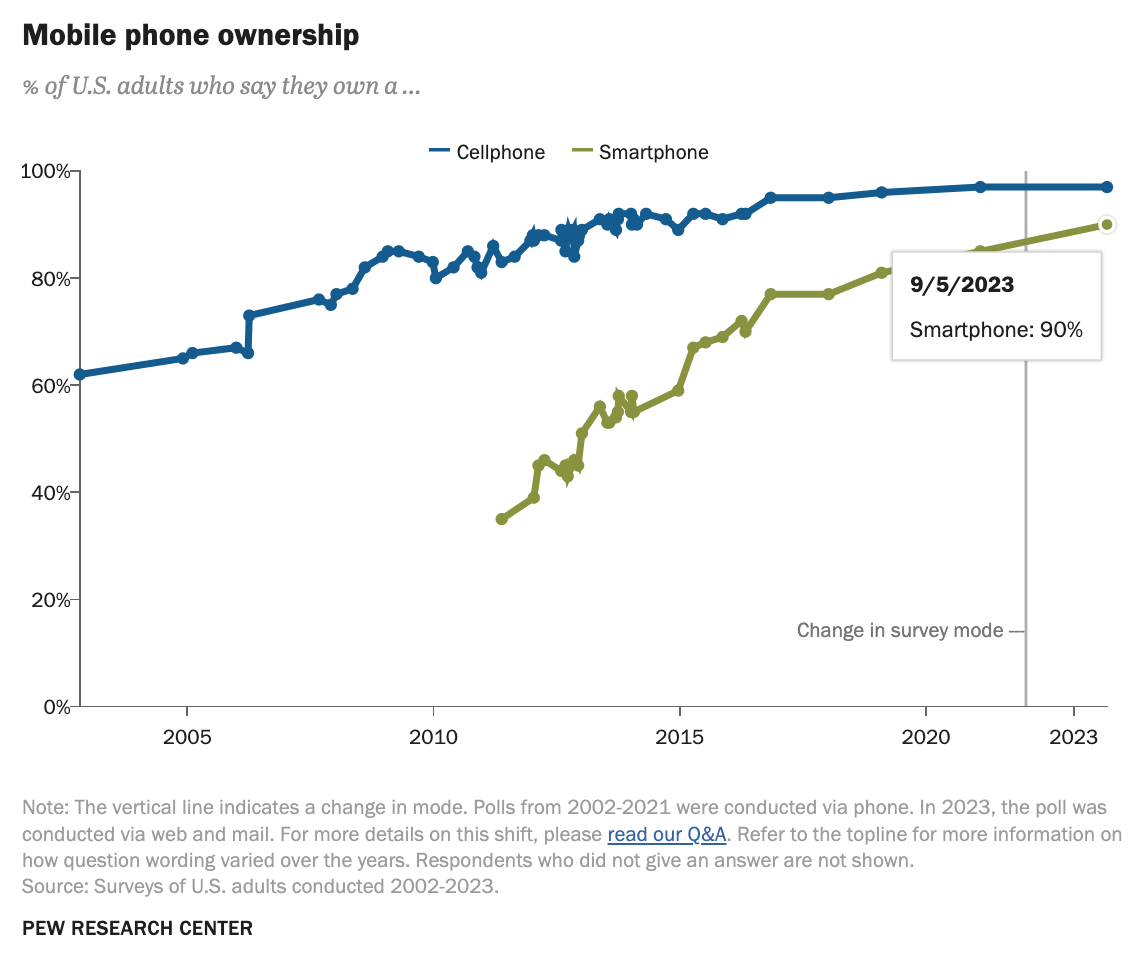The main priority of any healthcare worker is providing the best care and services for their patients. To do that, the provider must first understand who their patients are.
That’s why patient demographics are essential. The information you collect from patients can tell you a lot about their needs, allowing you to provide better care and the most effective treatments.

Demographic shifts are putting new pressure on our healthcare system, as different subgroups need more specialized care.
Given this pressure, it’s more important than ever for providers to understand and utilize patient demographics.
So we’re going to take a moment to give you a rundown of patient demographics, including what kind of information to collect and how it can affect important decisions you make regarding your patients.
What Are Patient Demographics?
When patients arrive for an appointment or download a health app, they’re usually asked to provide some information, which will become part of your medical records.
Demographic information can include but is not limited to:
- Date of birth
- Gender
- Sex
- Ethnicity/race
- Address
- Contact information
- Medical history
- Drug allergies
- Surgeries
- Medical conditions
- Current medications
- Family medical history
- Insurance provider
- Employment
- Education

Why Do Patient Demographics Matter?
When you understand patient demographics, you can make decisions based on each patient’s needs and situation.
The more you know about an individual’s history, the better you can tailor your care to their needs. For example, a patient’s location might affect their ability to receive immediate care, while their ethnicity and medical history might increase their susceptibility to a disease. It’s also important for healthcare professionals to be culturally competent in order to put patients at ease, address their unique concerns and make them feel respected.

If patient demographics are collected properly, providers can correctly set up the whole healthcare system with the resources it needs. Demographics can help understand if certain groups need more attention and help. They also help providers personalize interactions and conversations with patients.
Patients, however, might be hesitant to provide some of the information you’re asking for, simply because they don’t understand why it’s being collected and how it’s being used. The truth is, the more information they share, the better treatment and care you can offer. To build trust with patients, be transparent about how you’re going to use their information, and how it can benefit them.
It also helps to make sharing and updating their information as painless as possible—that’s where technology can factor in.
What Role Do Patient Demographics Play in mHealth?
Almost all Americans now own a mobile device, and 90% own a smartphone:

As mobile use grows, mHealth is becoming part of the daily lives of many patients. mHealth is making healthcare more efficient and improving the patient experience.
Innovations in mobile health will also make it easier to manage patient demographics. Even though some people may experience barriers to mHealth, having an mHealth option like a patient portal can help ensure demographics are regularly updated, given that patients can update their info from anywhere, at any time.
Does this mean you should invest in an mHealth app or portal? Not necessarily—some groups are less likely to engage with a health app. User research is the route to take to determine whether your patients are interested in that kind of technology. In fact, patient demographics can actually inform your decision here, and tell you which patients might need more of a nudge to adopt any mHealth solutions you introduce.
Where HIPAA Factors In
If you’re considering developing an mHealth app, you might have heard the term protected health information, or PHI. Under HIPAA, PHI is defined as any identifiable information, like a patient name and birthday, that is maintained or stored by a covered entity like a healthcare provider.
HIPAA (or PIPEDA, if you’re in Canada) includes stringent standards for healthcare professionals—and sizable fines if you aren’t compliant. To avoid penalties, you need to make sure your patient demographic information is secure.
Protecting patient demographics starts by managing how they’re accessed and by whom.
Wrapping Up
The future of our healthcare system relies on having the right information to refine our practices and understand the challenges facing patients.
It’s safe to say that patient demographics matter. If you want to continue offering patients the best possible care, you need to consider how best to collect, manage and use this information—the answer may be a mobile solution.
As technology continues to evolve, managing patient demographics will only get easier. And as people become aware of the benefits of mHealth, more patients will want to get on board.
If you’re interested in launching an mHealth app to improve patient care, get in touch today, or take a closer look at our approach to bringing healthcare apps to life!



